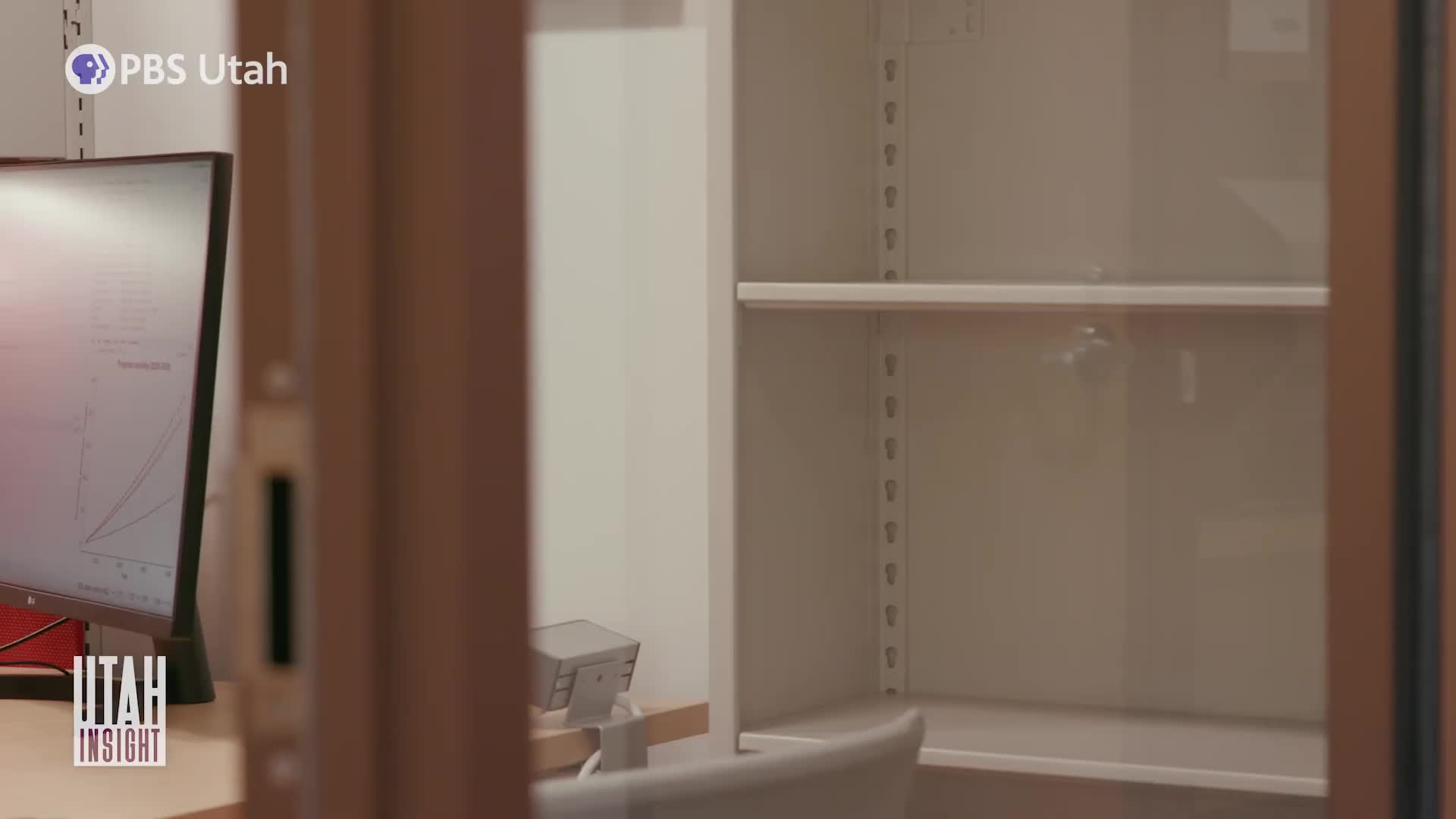University of Utah study estimates about $30 million a year in health costs from Great Salt Lake dust
October 27, 2025 | Utah Great Salt Lake Advisory Council, Boards and Commissions, Organizations, Utah Executive Branch, Utah
This article was created by AI summarizing key points discussed. AI makes mistakes, so for full details and context, please refer to the video of the full meeting. Please report any errors so we can fix them. Report an error »

SALT LAKE CITY — Dr. Albert Garcia, an assistant professor at the University of Utah, said dust from the shrinking Great Salt Lake currently imposes roughly $30 million a year in health-related costs on the Salt Lake community and could total about $1 billion over the next 20 years if exposure increases as projected.
Garcia, who mapped where dust from exposed lakebed is blowing and then overlaid those exposure maps with demographic data, told PBS Utah the project translates air-quality impacts into economic terms to make the scale of the problem clearer to policymakers. "We're trying to translate the impacts of these dust emissions," Garcia said.
The research team estimated costs tied to predicted health outcomes such as missed work or school and increases in medical bills from trips to emergency departments. The study also included estimates of premature mortality and converted those into monetary values using a common metric: "We use a measure called value of a statistical life," Garcia said. The segment did not specify the average charge used for an asthma-induced emergency-department visit.
According to the calculations explained in the PBS Utah segment, the study currently places annual health-related costs at about $30 million and projects roughly $1 billion in cumulative costs over 20 years if current trends persist. "Annually, we think that the effects of dust right now are around, you know, $30,000,000, but we expect those to rise," Garcia said.
The mapping also identified demographic patterns that could increase risk in some neighborhoods; the report notes areas with younger populations may see more asthma symptoms. Garcia said presenting the economic magnitude of those health impacts is intended to inform policy discussion as communities and state leaders consider responses to the shrinking lake.
PBS Utah produced the broadcast segment and reporting on the research; the station directed viewers to its longer piece for more details.
Garcia, who mapped where dust from exposed lakebed is blowing and then overlaid those exposure maps with demographic data, told PBS Utah the project translates air-quality impacts into economic terms to make the scale of the problem clearer to policymakers. "We're trying to translate the impacts of these dust emissions," Garcia said.
The research team estimated costs tied to predicted health outcomes such as missed work or school and increases in medical bills from trips to emergency departments. The study also included estimates of premature mortality and converted those into monetary values using a common metric: "We use a measure called value of a statistical life," Garcia said. The segment did not specify the average charge used for an asthma-induced emergency-department visit.
According to the calculations explained in the PBS Utah segment, the study currently places annual health-related costs at about $30 million and projects roughly $1 billion in cumulative costs over 20 years if current trends persist. "Annually, we think that the effects of dust right now are around, you know, $30,000,000, but we expect those to rise," Garcia said.
The mapping also identified demographic patterns that could increase risk in some neighborhoods; the report notes areas with younger populations may see more asthma symptoms. Garcia said presenting the economic magnitude of those health impacts is intended to inform policy discussion as communities and state leaders consider responses to the shrinking lake.
PBS Utah produced the broadcast segment and reporting on the research; the station directed viewers to its longer piece for more details.
View full meeting
This article is based on a recent meeting—watch the full video and explore the complete transcript for deeper insights into the discussion.
View full meeting

